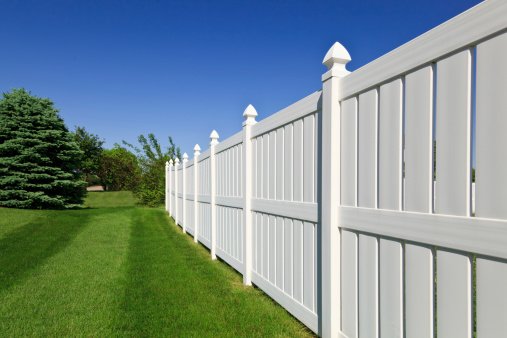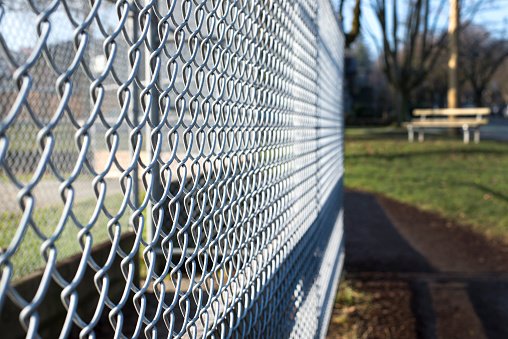
Indispensable element of your garden, the fence is no longer only used to delimit your land: security, aesthetics, respect for your privacy… Other aspects come into play. So many different criteria to consider! We take a look at the solutions available to you.
The criteria for choosing a fence
The criteria for choosing a fence depend above all on your priorities: do you above all want a functional fence? Easy to maintain? Cheap ? Easy to install? Do you favor aesthetics or safety? Three parameters take precedence in all cases: the use you want to make of it, the price you can put according to your budget, and the regulations around fences.
When choosing a fence, you must first ask yourself this question: what is my objective in partitioning my property? Do you just want to demarcate your land? In this case, perhaps a simple wire fence one meter high will do.
If, on the other hand, you also want to hide from view, opt for a blackout model such as a PVC fence or a wooden palisade.
If your fence is also intended to strengthen the security of your home, a fence at least 2 meters high, made of breeze blocks, stone or wrought iron, will be more appropriate.
The different types of fence
There are several types of solutions to enclose a property. Small overview of the most common. The flexible mesh
A flexible mesh roll is the ideal solution for delimiting high relief or uneven terrain, especially in rural areas. Thanks to wooden or metal posts implanted in the ground, it is easy and quick to install.
If you still want to protect yourself from prying eyes, you can associate it with a screen or a plant hedge. Its small meshes prevent the intrusion of animals, but not that of people, since it is easy to cut.
The rigid mesh

In the form of panels, the rigid mesh is to be preferred for flat or slightly sloping ground. It is also installed by sealing on posts fixed in the ground.
With better resistance, it is a safer and more aesthetic solution than a flexible mesh, which however does not conceal, unless plants are climbing on it.
The classic fence

This is the most common fence model: aesthetic, it is available in more or less concealing models and in a wide choice of materials. Depending on your needs and your budget, you can turn to PVC, wood, aluminum or composite wood. Resting most often on a wall, its installation requires more work than for a fence.
The palisade or blackout panel
The palisade, also called a blackout panel, is an alternative to a classic fence, easier to set up. Made of wood or composite material, it encloses your garden while decorating your exterior. Note: you want a fence model with a worked aesthetic? Opt for a claustra, openwork palisade, and choose more or less tight patterns depending on the degree of concealment sought.
The wall or low wall

A low wall is most of the time built in stone, other times in bricks or concrete blocks. It is an ideal solution to obtain a delimitation of rural land. For a more secure delimitation, we will opt for a wall at least 2.60 meters high.